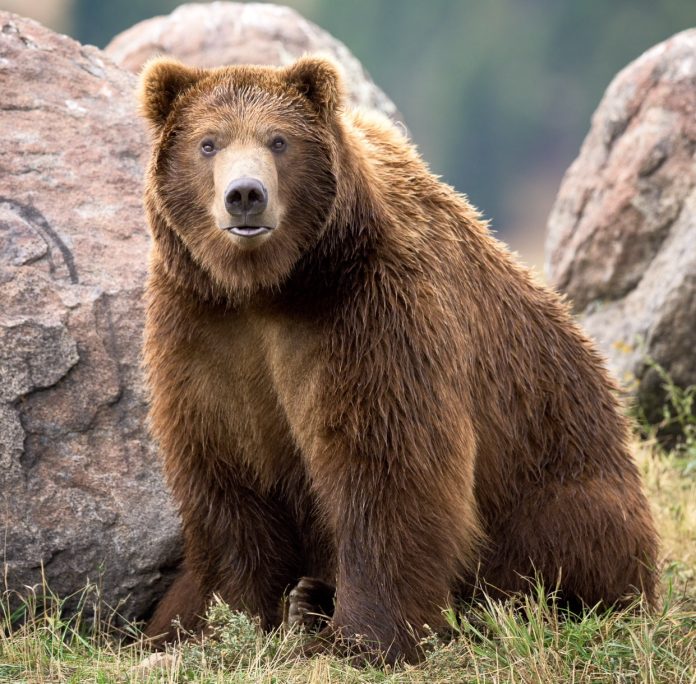
Plans To Reintroduce Grizzlies To The Bitterroot Ecosystem For Their Recovery In Montana & Idaho Are Moving Forward
By WAN
You can help all animals and our planet by choosing compassion on your plate and in your glass. #GoVeg
RELATED ARTICLES
South Africa’s Big Cat Industry: A Global Trade Of Extreme Cruelty & Exploitation
South Africa is the world’s leading exporter of big cats and their body parts, with over 3,500 live animals and 34,000 body parts exported...
Victory For Dolphins! Belgium To Become 7th Country To Enact Permanent Ban On Dolphinariums
In a major victory for animal welfare, Flemish Minister for Animal Welfare, Ben Weyts, announced this week that Flanders, Belgium, will implement a permanent...
Peace 4 Animals’ Debuts Gripping Trailer To Their Latest Documentary ‘Protectors of the Wild’
We are excited to unveil the trailer for Peace 4 Animals’ upcoming documentary, Protectors of the Wild. This powerful film aims to raise critical...
Popular stories
News
Take Action! Calls Needed This Week To Help Pass Important California Bill To Save Critical Rainforest Habitat From Deforestation
We Need Your Calls This Week!
Peace 4 Animals co-sponsored bill, The California Deforestation-Free Procurement Act, AB 416 (Kalra), will be voted on in the...
News
Lady Freethinker Investigation Exposes Illegal Dog Meat Auction House In South Korea; Urgent Action Needed Before ‘Bok Nal Dog Eating Days’ Begins In July
A new undercover investigation from May to June of this year by animal welfare nonprofit Lady Freethinker captured video footage and images of captive dogs heartlessly kept...
International News
Urgent Call To Action! Help In Defense of Animals Stop Canada’s Horrific Seal Hunt!
Despite the coronavirus pandemic worldwide, the notoriously brutal Canadian seal hunt is still happening, and the bloodiest months are coming. Hundreds of thousands of...


